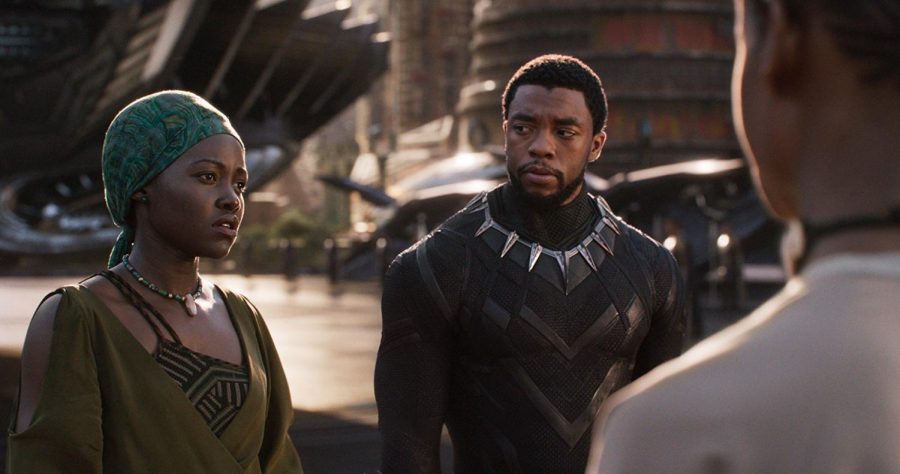Examining the rise in popular African-American cinema
The recent death of Stan Lee brought much attention to the legacy of Marvel, especially with Lee’s extensive involvement in the immense Marvel cinematic universe.
One of Marvel’s surprising successes was “Black Panther,” where the company was willing to take a risk on a predominantly African-American cast and crew to make a movie for the film’s iconic titular character.
The history of black cinema is not nearly as successful as a blockbuster like “Black Panther.” Marvel was not the first to feature an all-black main cast in a film, nor the first to have a black director. Movies written and directed by African-Americans go all the way back to the 1910s, but with Jim Crow laws and segregation in full effect, their works were not taken seriously.
This systemic racism is a benchmark for black cinema, according to Brendan Kredell, professor of cinema studies at Oakland University.
“Cinema is capital intensive,” Kredell said. “It costs a lot of money and a lot of resources to produce a film. This means that there are gatekeepers in place. So, when we talk about structural racism, this is one of the things that we’re talking about.”
Kredell said this is why movies catering to a black audience, or even movies with large amounts of African-American involvement were not included in Hollywood for so long. Only by the 1970s did black cinema become profitable in the eyes of Hollywood, according to Kredell.
“[This] is the wave of what we call blacksploitation, and there’s a real question about how positive those images are that are being made,” Kredell said. “And in a lot of cases they’re called blacksploitation because they’re actually white filmmakers casting black actors…it’s a thorny set of films.”
Films from this era popularized African-Americans in the world of Hollywood, but their portrayals were limited to stereotypes of the time. According to Kredell, the first films considered to positively portray black actors were not made until the mid-1990s.
“The trend [of ‘Black Panther’] begins, in my mind, with ‘Waiting to Exhale,’ which [came] out in 1995,” he said. “It’s one of the first black cast films that [made] lots of money, and it [made] lots of money in a way that [surprised] Hollywood.”
Even after the successes of the mid-to-late 1990s, Kredell said these positive black representations were not common.
“It’s not as if overnight, a light switch was switched and all of a sudden there was a clear and level playing field,” he said.
But the foundations for successful contemporary black movies were put in place, even if Hollywood is still structured against minorities in cinema, which contributed to the surprising success of “Black Panther.” Jewel Fisher, president for the Association for Black Students at OU, emphasized how important it was to see such positive images of black heroes on the big screen.
“As a black student and as a woman, I appreciated ‘Black Panther’ for just seeing how strong the power that these women show,” Fisher said in reference to the film’s female leads. “I feel like it’s important with any culture, with any race, just to have those role models to look up to…having our people displayed in a better light…is leading to conversations, just that we can go places, slowly decreasing those stereotypes.”
Kredell agreed that these films are “critically important,” and noted that, with events such as the recent passing of Lee, there is much reflection on how black films got to where they are today.
“That level of identification is something that Hollywood…has denied people for a long time,” Kredell said.











